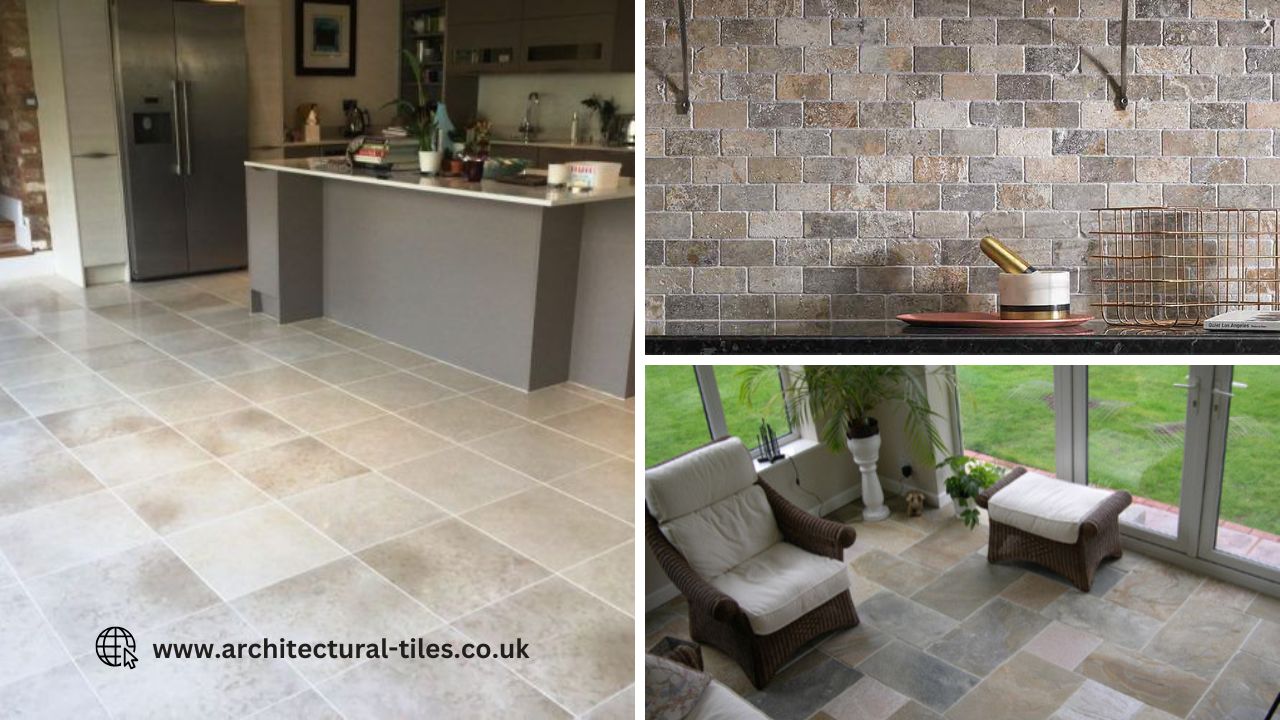Architectural tiles
The architectural and interior design world is constantly evolving, with sustainability, cost-efficiency, and flexibility taking center stage. One emerging trend that embodies these principles is the lending of architectural tiles. Traditionally seen as a permanent fixture in buildings, architectural tiles are now becoming a resource that can be rented, offering a new dimension to how we approach design projects.
Here’s why lending architectural tiles is poised to be the next big trend in the design and construction industries.
1. Cost-Effective Innovation
One of the most significant advantages of lending architectural tiles is its cost-effectiveness. High-quality materials like custom ceramic, porcelain, or stone tiles can be expensive, making them inaccessible for smaller projects. However, the option to rent these tiles makes it possible for designers, architects, and homeowners to access premium materials at a fraction of the cost. For businesses or startups working on short-term spaces such as pop-up shops, rented tiles provide a temporary yet aesthetically stunning solution without the commitment of purchasing.
2. Design Flexibility
Design trends are constantly evolving, and with the lending model, flexibility becomes a key benefit. Designers can experiment with different architectural tiles, switch them out for new trends, or even offer clients multiple design schemes without the financial burden of re-purchasing materials. This approach encourages creativity and allows for dynamic spaces that can evolve over time, whether it’s for homes, retail spaces, or hospitality environments.
3. Sustainability and Circular Economy
Sustainability has become a top priority in the construction industry, and lending architectural tiles is a step toward a more circular economy. Rather than disposing of tiles after their use, lending allows for reuse, extending the life cycle of materials and reducing waste. This model helps lower the demand for new raw materials and minimizes the environmental impact associated with tile production and disposal. It’s a win-win for both the environment and design-conscious consumers looking for eco-friendly solutions.
4. Reduced Storage Needs for Contractors and Designers
For construction firms and design studios, storage space can be a costly concern, especially when dealing with excess building materials. The ability to rent architectural tiles alleviates this issue, allowing companies to access the materials they need on a project-by-project basis, without needing to store surplus tiles. This is especially beneficial for firms working on multiple projects simultaneously, as it reduces the need for long-term storage.
5. Access to Exclusive Materials
For those looking to make a statement, lending architectural tiles offers access to limited-edition or exclusive materials that would otherwise be too expensive or difficult to source. Custom designs, high-end ceramics, and unique patterns can elevate any project, and with a rental model, these options become more affordable and accessible. This is a game-changer for luxury projects on a budget, as well as temporary installations such as exhibitions or special events.
6. How Does Tile Lending Work?
The process of lending architectural tiles is simple:
- Selection: Clients browse a catalog of available tiles, which can range from basic to bespoke designs.
- Rental Agreement: A contract is set up, outlining the rental period, usage terms, and any potential damage costs.
- Delivery and Installation: The tiles are delivered and installed by either the client’s team or the lending company.
- Return and Reuse: Once the rental period ends, the tiles are removed, returned, and reused in future projects, maintaining the sustainability cycle.



